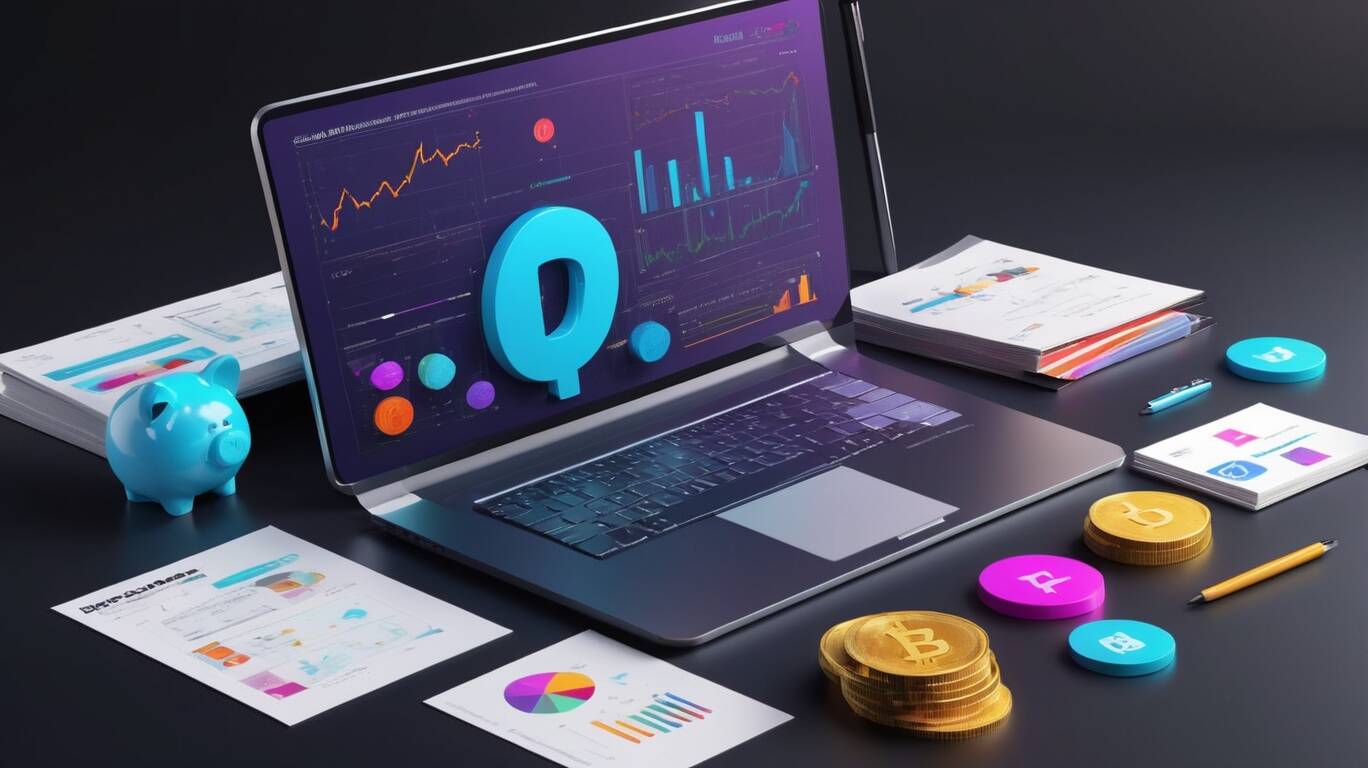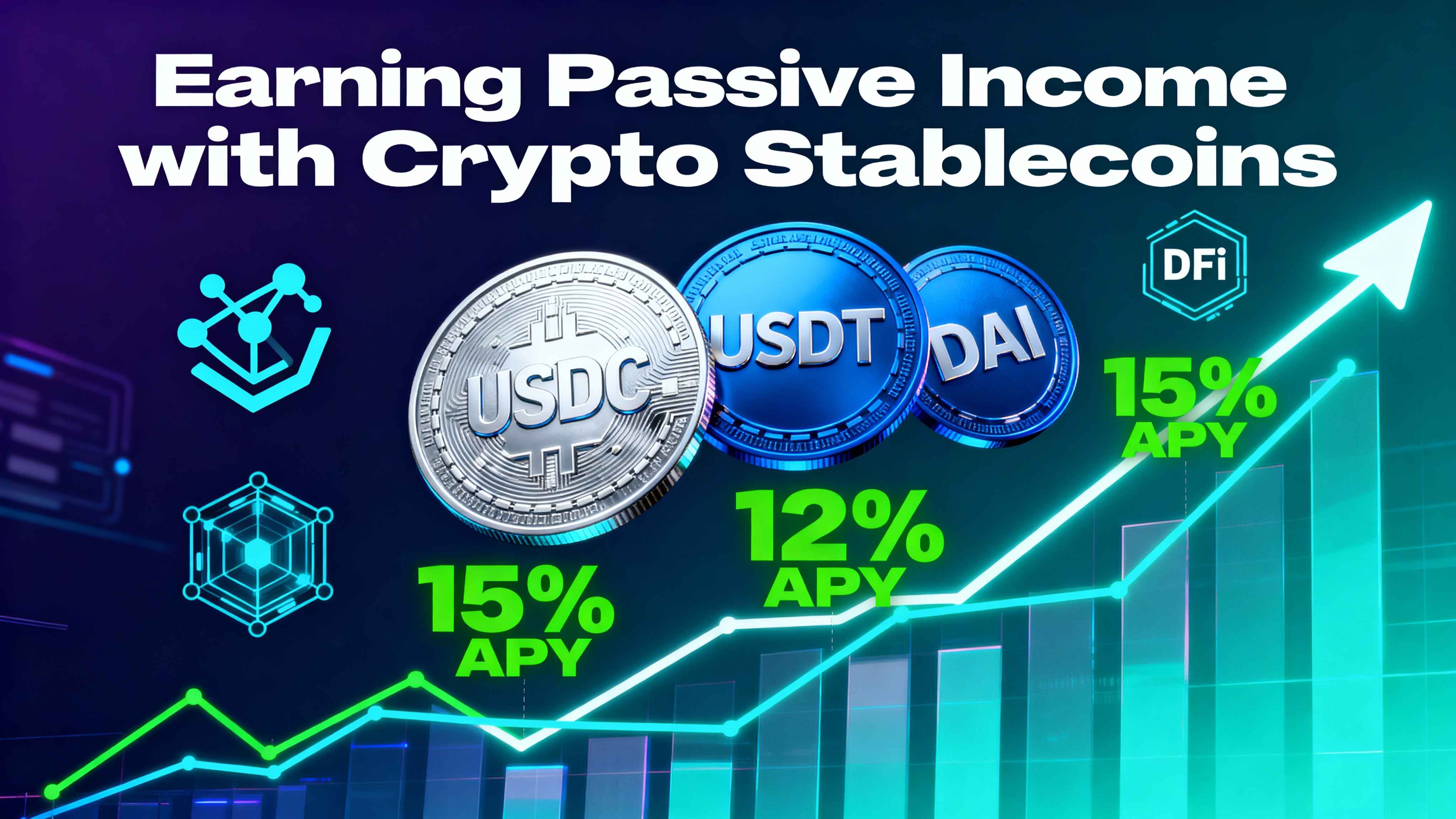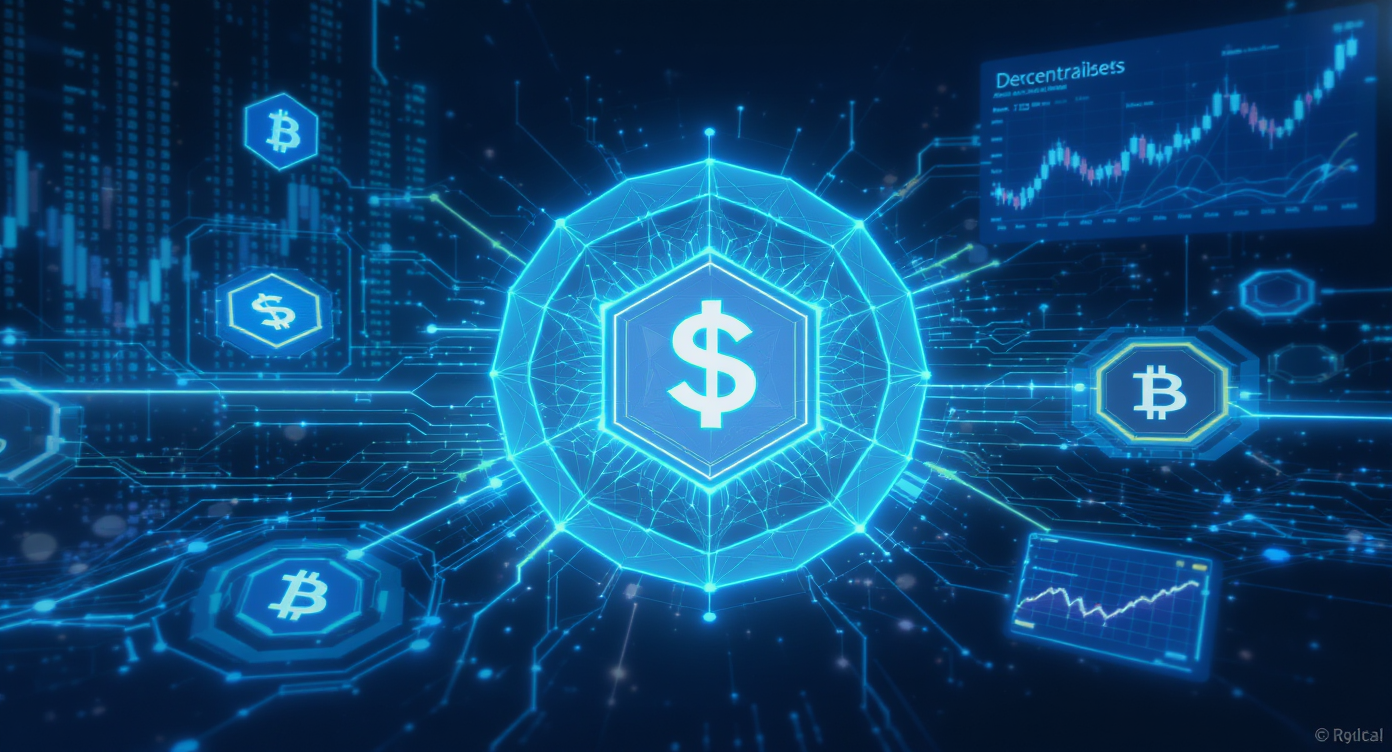
DeFi 2.0 in 2025: Key Innovations, Top Projects, and What Comes Next
Crypto BasicsDecentralized Finance (DeFi) represents a transformative financial shift, leveraging blockchain to enable services like lending, borrowing, and trading without intermediaries. DeFi 1.0 (2018) pioneered innovations like decentralized exchanges (Uniswap v1), lending platforms (Compound, Aave), and stablecoins (MakerDAO’s DAI), but faced challenges like scalability, impermanent loss, complex interfaces, and security risks. DeFi 2.0 addresses these shortcomings with innovations like protocol-owned liquidity (POL) by OlympusDAO, advanced yield farming, Layer 2 scaling for faster and cheaper transactions, and cross-chain interoperability for seamless asset transfers. However, risks persist, including complexity, security vulnerabilities, regulatory scrutiny, and liquidity fragmentation across networks.
Decentralized Finance (DeFi) represents a transformative shift in the financial world by leveraging blockchain technology to offer services like lending, borrowing, and trading—without the need for traditional financial intermediaries. Since its inception, DeFi has continued to evolve. This article explores the origins of DeFi, the innovations introduced by DeFi 2.0, and the current state of decentralized finance as of June 2025.
DeFi 1.0: Pioneering a New Financial Era
Launched around 2018, DeFi 1.0 laid the foundation for decentralized financial tools. It introduced:
- Decentralized Exchanges (DEXs): Platforms like Uniswap (v1) allowed users to trade assets directly from their wallets, eliminating centralized intermediaries.
- Lending and Borrowing Protocols: Projects such as Compound and Aave enabled users to earn interest or access loans in a permissionless environment.
- Stablecoins: Sky (old MakerDAO)’s DAI provided a stable alternative to volatile crypto assets, pegged to the U.S. dollar.
Limitations of DeFi 1.0:
 Despite its groundbreaking innovations, DeFi 1.0 faced critical challenges:
Despite its groundbreaking innovations, DeFi 1.0 faced critical challenges:
- Scalability: Ethereum’s network congestion resulted in high fees and slow transactions.
- Impermanent Loss: Liquidity providers risked losses due to volatile price swings.
- User Experience: Technical interfaces and complex setups limited accessibility.
- Security Risks: Vulnerable smart contracts led to high-profile exploits and loss of user funds.
These issues underscored the need for a more scalable, secure, and user-friendly decentralized financial ecosystem.
DeFi 2.0: The Next Evolution
DeFi 2.0 addresses the shortcomings of its predecessor by introducing more sustainable and advanced systems. This new wave of innovation focuses on better liquidity management, optimized yields, improved scalability, and enhanced interoperability.
Key Innovations in DeFi 2.0:
- Protocol-Owned Liquidity (POL): Initiated by OlympusDAO, this model ensures that protocols maintain control over their liquidity pools, increasing stability and reducing reliance on external liquidity providers.

- Advanced Yield Farming: Auto-compounding and smart liquidity allocation strategies, as seen in Tokemak, maximize user returns while minimizing risk.
- Layer 2 Scaling Solutions: Rollups and Layer 2 chains alleviate Ethereum’s congestion, enabling faster and cheaper transactions. However, this has led to liquidity fragmentation, a new challenge as funds become spread across multiple networks.
- Cross-Chain Interoperability: Improved communication between blockchains allows seamless asset transfers, increasing utility and liquidity across ecosystems.
Leading DeFi 2.0 Projects (As of June 2025)
- OlympusDAO: Pioneered protocol-owned liquidity through its bonding mechanism. It minimizes volatility and ensures liquidity remains within the protocol.
- Tokemak: Uses "liquidity directors" to control liquidity deployment across major DEXs like Uniswap and SushiSwap, optimizing yields and improving efficiency.
- Uniswap v4: Evolved from DeFi 1.0 into a scalable, Layer 2-compatible DEX supporting NFT trading and other innovations aligned with DeFi 2.0.
- Hyperliquid: Acts as a permissionless liquidity layer for decentralized apps, offering deep liquidity to improve trading efficiency and stability.
Opportunities and Risks in DeFi 2.0
 Opportunities:
Opportunities:
- Greater Efficiency: POL and Layer 2 scaling have significantly improved network speed and liquidity.
- Higher Yields: Sophisticated strategies enable better returns for users and liquidity providers.
- More Inclusive Ecosystem: Cross-chain tools create broader access and utility across networks.
Challenges:
- Complexity: Advanced strategies may deter less technical users, contradicting DeFi’s goal of financial inclusion.
- Security Risks: More complex protocols increase the attack surface for exploits.
- Regulatory Scrutiny: As DeFi matures, global regulators are paying closer attention—especially regarding AML and consumer protection laws.
- Liquidity Fragmentation: Layer 2 adoption, while solving scalability, disperses liquidity across chains, making it harder to achieve efficiency.
Conclusion: DeFi 2.0 in 2025
DeFi 2.0 marks a critical leap forward from the initial phase of decentralized finance. Through innovations like protocol-owned liquidity, scalable Layer 2 networks, and advanced yield optimization, the ecosystem is more resilient and effective than ever before.
Yet, DeFi’s path to mainstream adoption in 2025 still depends on solving key challenges—particularly around complexity, regulation, and cross-network liquidity. As projects continue to refine the user experience and address security concerns, DeFi remains one of the most promising frontiers in the blockchain world.
The next phase of DeFi will likely be defined not only by technical innovation but also by how well it integrates with the broader financial system while staying true to its decentralized ethos.





